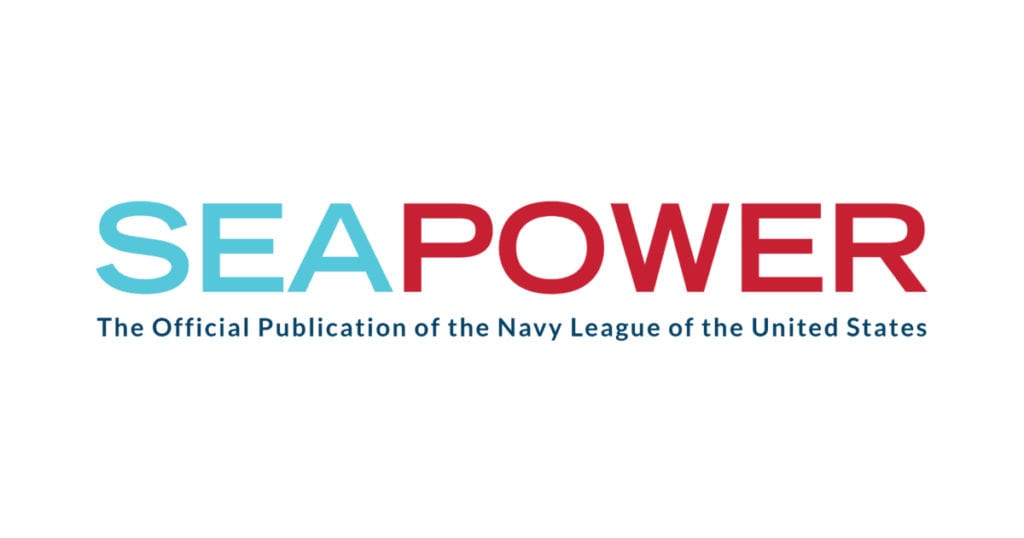
ARLINGTON, Va. — Raytheon has completed the Technical Data Package for a sea mine destructor developed for the U.S. Navy as the test program continues, the company said in an interview with Seapower.
The Barracuda is a 26-pound, 48-inch-long anti-mine device housed in a tube the size of an A-size sonobuoy tube. When launched, the device is propelled by four small water jets that take the device to the datum of a suspected sea mine detected by the AQS-20C towed sonar. An acoustic communications data link buoy is released to which the device is tethered. Target updates, such as GPS coordinates, are transmitted to the device, which approaches the sea mine. A sonar and a camera mounted in the nose of the device enables a man-in-the-loop operator — for now — to confirm the mine. The device then is steered to the mine and detonated. Each Barracuda is a one-shot charge.
Since May 2023, Raytheon has been building 128 Barracudas for development, 63 for contractor trials and 65 for the Navy’s trials.
Dan Seamans, Raytheon’s director for mine warfare, including the AQS-20 sonar, the Airborne Mine Neutralization System, and the Barracuda at Portsmouth, Rhode Island, said the Navy has yet to finalize its decisions on what the launch platforms for the Barracuda will be. Candidates include the littoral combat ship’s mine-countermeasures mission package, including the Mine Countermeasures Uncrewed Surface Vessel. The company is building a surrogate launcher for the test program and will proceed to a tactical launcher.
The Navy awarded the initial design and development contract to Raytheon in 2018. The Navy’s spiral Critical Design Review of the Barracuda was completed in July 2023.
Low-Rate Initial Production for Barracuda is planned for fiscal 2027






